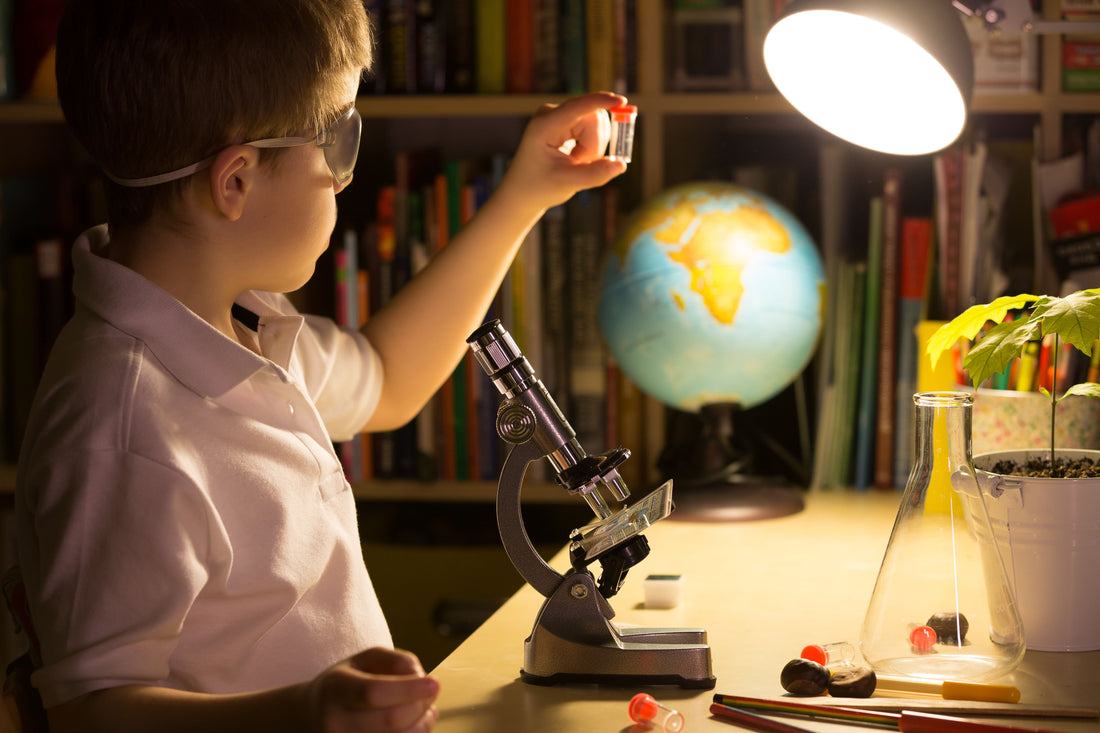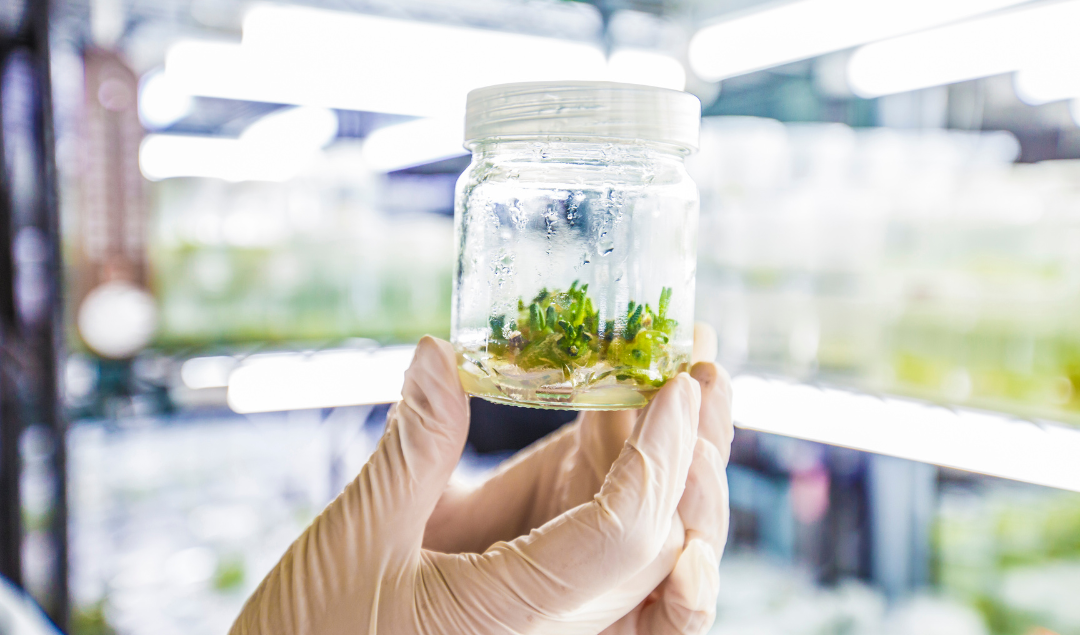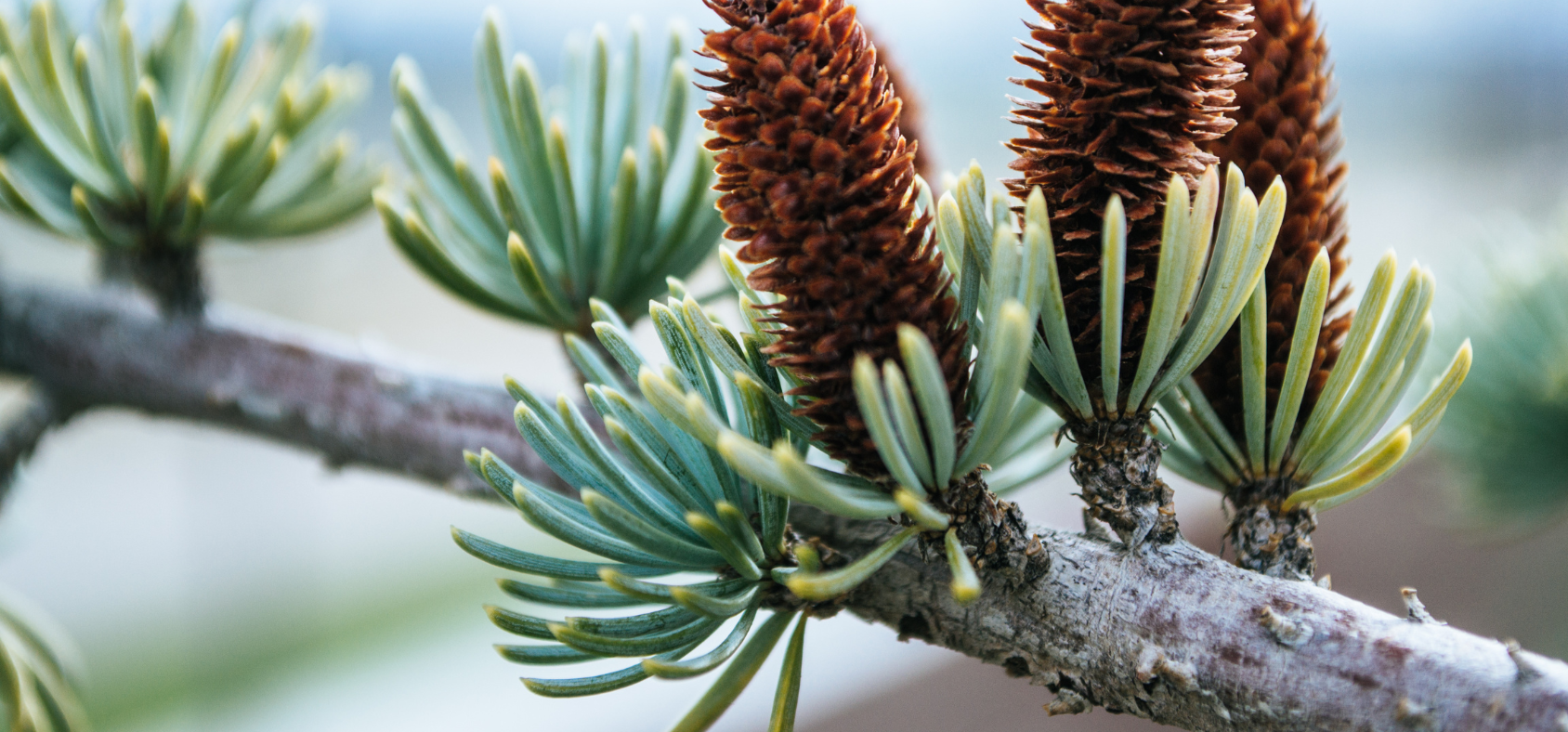
Creating Your Own Tissue Culture Lab at Home!
As a content and community manager, I leverage my expertise in plant biotechnology, passion for tissue culture, and writing skills to create compelling articles, simplifying intricate scientific concepts, and address your inquiries. As a dedicated science communicator, I strive to spark curiosity and foster a love for science in my audience.


Why a home laboratory?
A low-cost option for the tissue culture process is the most searched subject by culturists all over the world. Building a standard lab, culture area, and greenhouse with all the safety measures and aseptic environment is easy for the big industries with handsome money and funds. The emerging interest of people in the tissue culture attracted many people to try the experiment out in their home. If you don't want to commercially produce and only wish for plants to be a small side business, then tissue culturing at home is the best option for you
How do I make my very own tissue culture lab?
This article is crafted perfectly for you to create a tissue culture space at your home with some handful of money. So, let’s just dig in!
Advantages of Tissue Culture
The tissue culture term refers to growing or regenerating the whole plant using a few or single cells on defined solid or liquid culture media under aseptic conditions. The process starts from culturing a tiny piece of plant that can be the shoot tip or meristematic cells, axillary buds, floral meristem, leaf discs, or small pieces of stem.
Several advantages of tissue culture include:
- The production of doubled haploids
- Cryopreservation
- Propagation of new plant varieties
- Conservation of rare and endangered plants
- Propagation of plants that are difficult to grow.
- The production of secondary metabolites and transgenic plants
- The production of high-quality and uniform planting material that can be grown anywhere around the year under disease-free conditions and irrespective of the season and weather.
- Production of disease-free plants
- Production of cultures in comparatively less time than they take when grown by using conventional techniques.
What do you require to start tissue culture at home?
The most exciting part for the culturists is to set up their own lab. It’s fun! With your own set up you can feel the joy of growing your own plants. Many cheap and easy alternatives can be used to set up your own lab at lower costs than the standard laboratories. Because you want to do tissue culture as a hobby or want to start just a low-scale business or want to have a side income, a home tissue culture lab is the best idea. It’s exciting!
Requirements
To start the process you need the list of the things mentioned below:
- Culture room: You need a small, comfortable, and convenient area to start your process. It can be your garage, a spare empty room, or kitchen. If you are using your kitchen, make sure you avoid the use of any harmful chemicals. But, it's better if you give a dedicated room to perform the process. The maintenance of a clean environment is the primary requirement of tissue culture. So, clean your dedicated room properly.
- Culture area and Laminar flow hood: You don't need to buy a costly laminar flow hood for your home lab. You just take a big plastic container and place it on a desk. Make sure to sterilize them well. Some small air sterilizers are present in the market, you can buy one and keep it near your plastic tub (that you made for your culture area). That’s it! You are done! This setup will do its job perfectly and you will get the same results as you would have gotten in a laminar flow hood. Both serve the same purpose.
- Sterilizing equipment: Sterilizing is the term used for the process of removal of microorganisms from a substance or solution. In big labs, an autoclave is used to sterilize the equipment. But, at home, you can use a pressure cooker for the same.
- Apparatus and chemicals: When you collect the plant material from the source plant, you need to make it germ-free. For this purpose, you need a disinfectant like bleach or hydrogen peroxide that can be easily found at a local store. After surface sterilization, the explants are cultured in a vessel containing nutrient mix (scientific term media/medium; you can buy this nutrient mix from the plant cell technology store). You can use baby food bottles or any glass bottle for this purpose, after cleaning it thoroughly and sterilizing it in a pressure cooker. Some other materials that will be required include vinegar, sugar, water, etc.
PPM and working protocol
To keep your culture contamination-free, use the plant preservative mixture (PPM) that is cost-effective and prevents all kinds of contamination from your cultures.
Working protocol: You can not separate science from tissue culture, but you can easily learn it. A protocol is a procedure to grow plants in artificial conditions. For some of the plants, the protocols are available, and if you strictly follow these protocols, you can get a healthy grown plant in your own home lab. The protocol to culture plant in an artificial environment mainly depends on the following two factors:
- The plant you are culturing.
- The part of the plant you are using in your process.
So, if you find a protocol for your plant, follow it strictly. For example, you want to grow orchids in your lab and you find a protocol that talks about culturing orchids in tissue culture using seeds. Then use that procedure, only using seeds. You can not use leaves or roots for the same protocol or you can not culture date palm, roses, or potato using the same protocol. Remember this point and no troubles will come during culturing processes. It will give you the best results as well.
The other way is to design the protocol for your plant. It’s a time taking process but worth it. You can easily grow that plant in your lab in mass or even sell your protocols to industries and scientists to make handsome money!
Tips to choose a better plant for home tissue culture
When you are starting as a beginner, you will want to grow plants that are easier to grow, in which you can easily get success. Some plants that are easy to grow include Ocimum sanctum, banana, and mustard. Here are some tips to choose the best plants that can work smoothly in tissue culture.
- Choose herbaceous plants over woody plants. Woody plants secrete phenols in the media that make them difficult to grow.
- Choose an explant that is almost clean. So, you can avoid any explants from the soil. You can use cobs or pods to get clean seeds for the cultures.
- It’s good to start with seeds, as they just need basal media to grow into plants. Then, you can use the plant to get any other explant you want to use for your culturing processes.
- For disease-free plants, it's better to go with meristematic tissues like shoot tips. They give the best results in tissue culture and mostly produce disease-free plants.
One bonus tip for a successful culture is to first try and find the protocol of available plants near you or that you want to grow. And, start with the plant and explant whose detailed protocol you find in your research. Then, follow the procedure strictly as it says. It will take a lot of your time, effort, and money.
Need Assistance?
But, if you think you need any assistance or help in setting up your lab, you can always approach Plant Cell Technology at info@plantcelltechnology.com for its consultancy services. If you need anything for your culturing process, don’t forget to check out PCT Store. If you want to be updated on all the information on tissue culture, do subscribe to our newsletter that will bring everything to your mailbox. Plant Cell Technology is making a consistent effort in creating educating videos and articles on tissue culture to help you with its every process. Let us know, if you have any troubles in creating your home tissue culture lab, we are always here to help you!
Happy culturing!!

References
Blog Categories
View by Level
Popular Blogs

Media pH: Why It Matters More Than You Think in Plant Tissue Culture
Introduction Plant tissue culture is a cornerstone technique in modern plant biotechnology, enabling the propagation of plants under sterile and...
Read More
Can We Grow Wood in a Lab? The Future of Tissue Culture in Forestry
Introduction Wood has long been a cornerstone of human civilization—used for shelter, tools, paper, energy, and countless everyday items. However,...
Read MoreSubscribe to Our Newsletter
1 comment
Please assist me in setting up a mini orchids lab..tqia








Join the conversation
Your email address will not be published. Required fields are marked